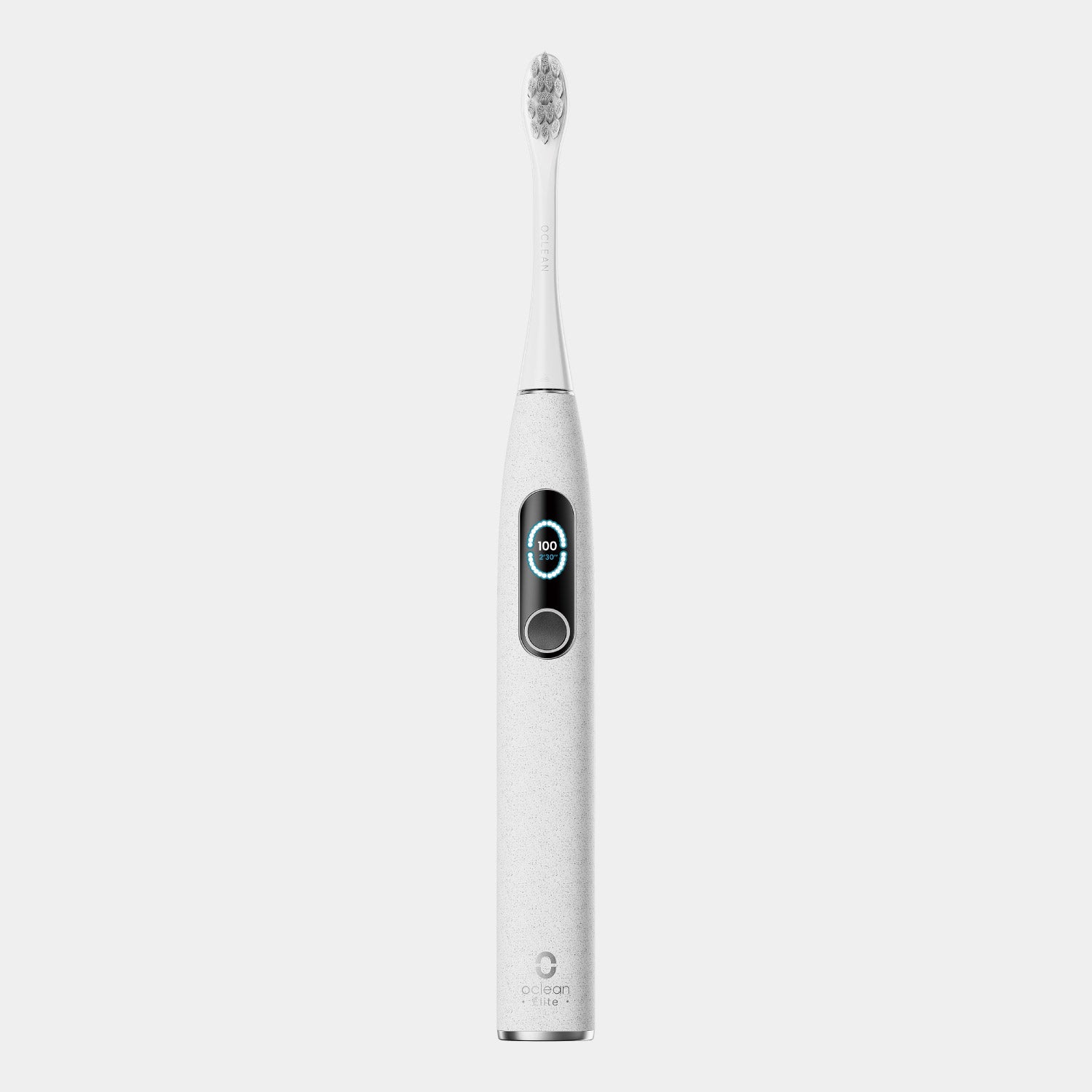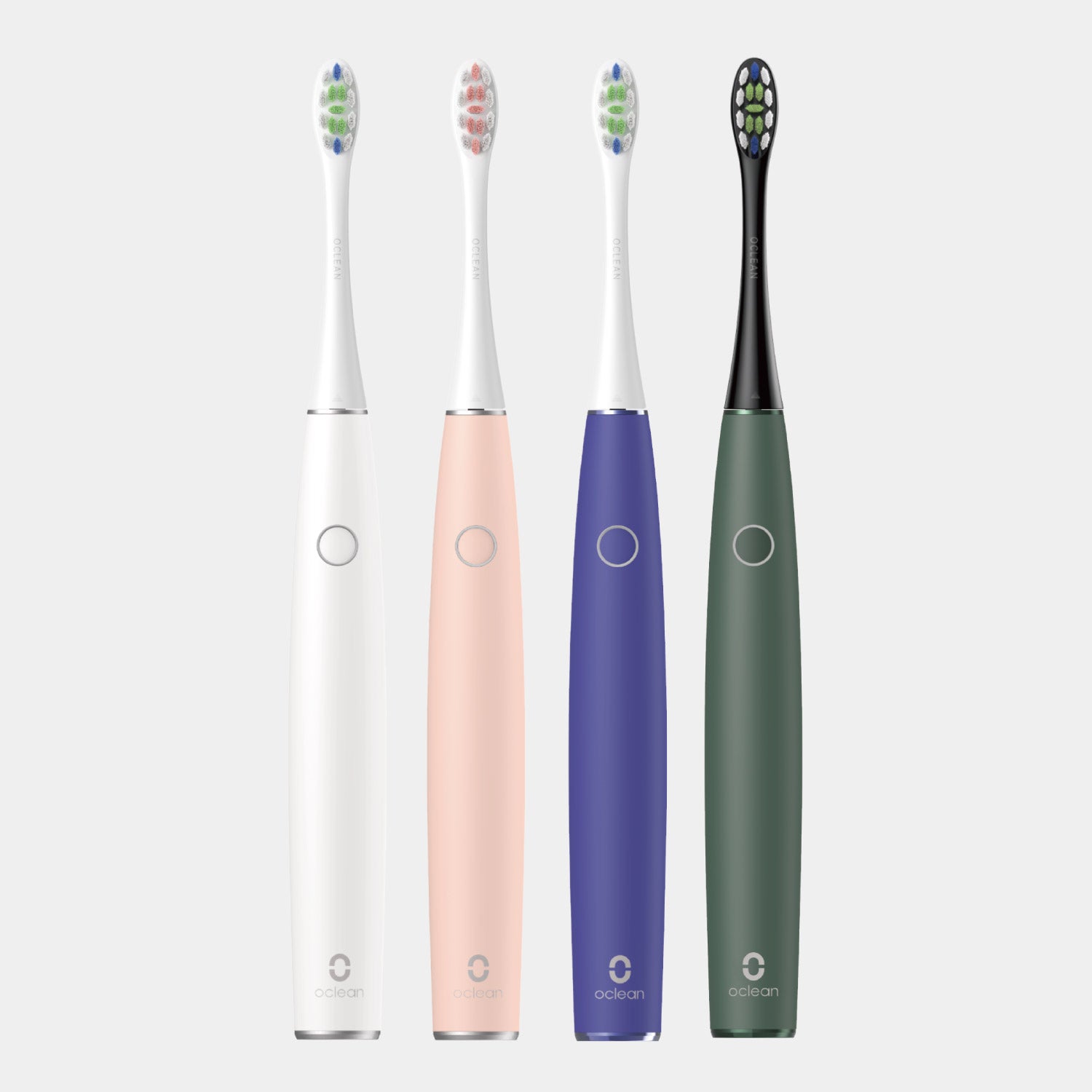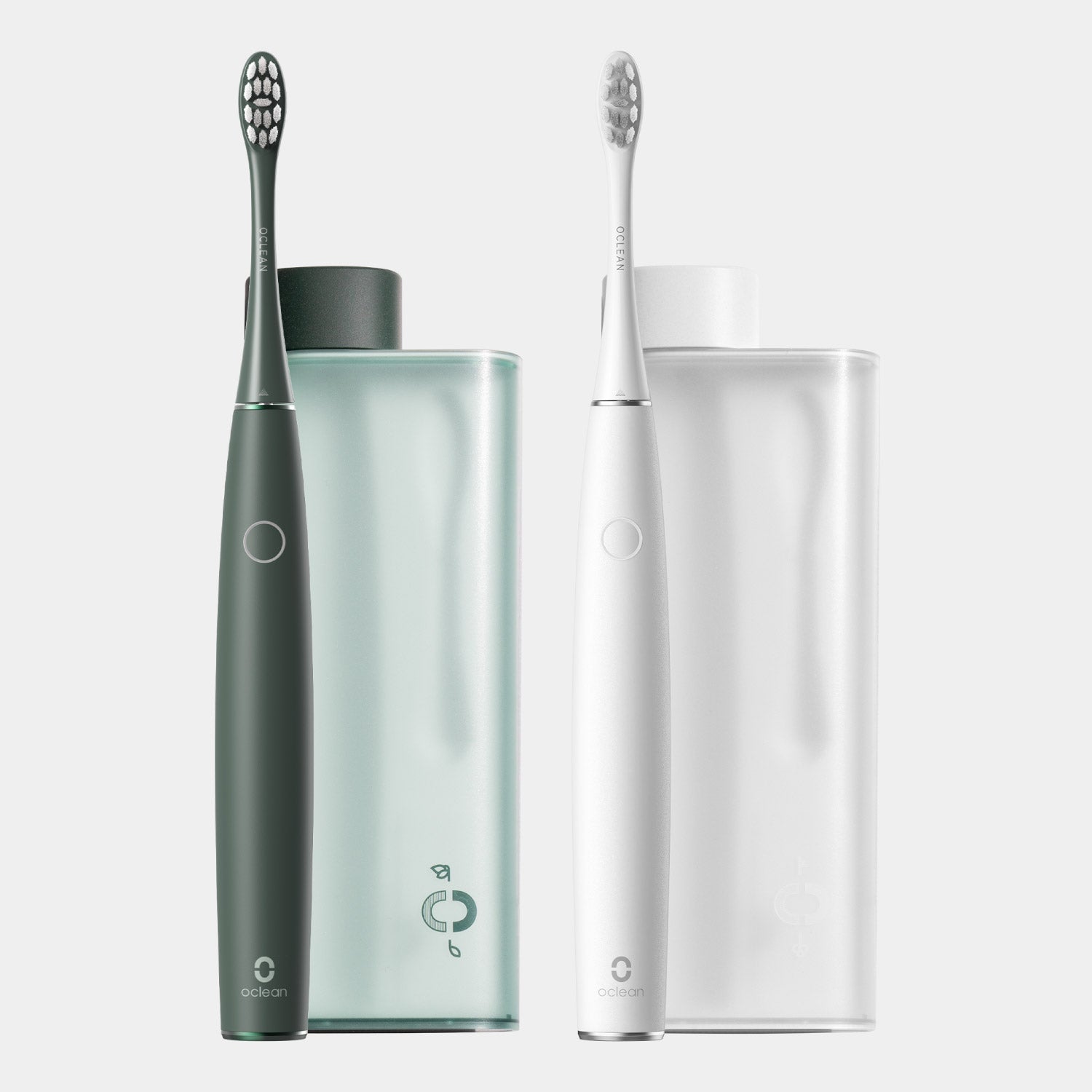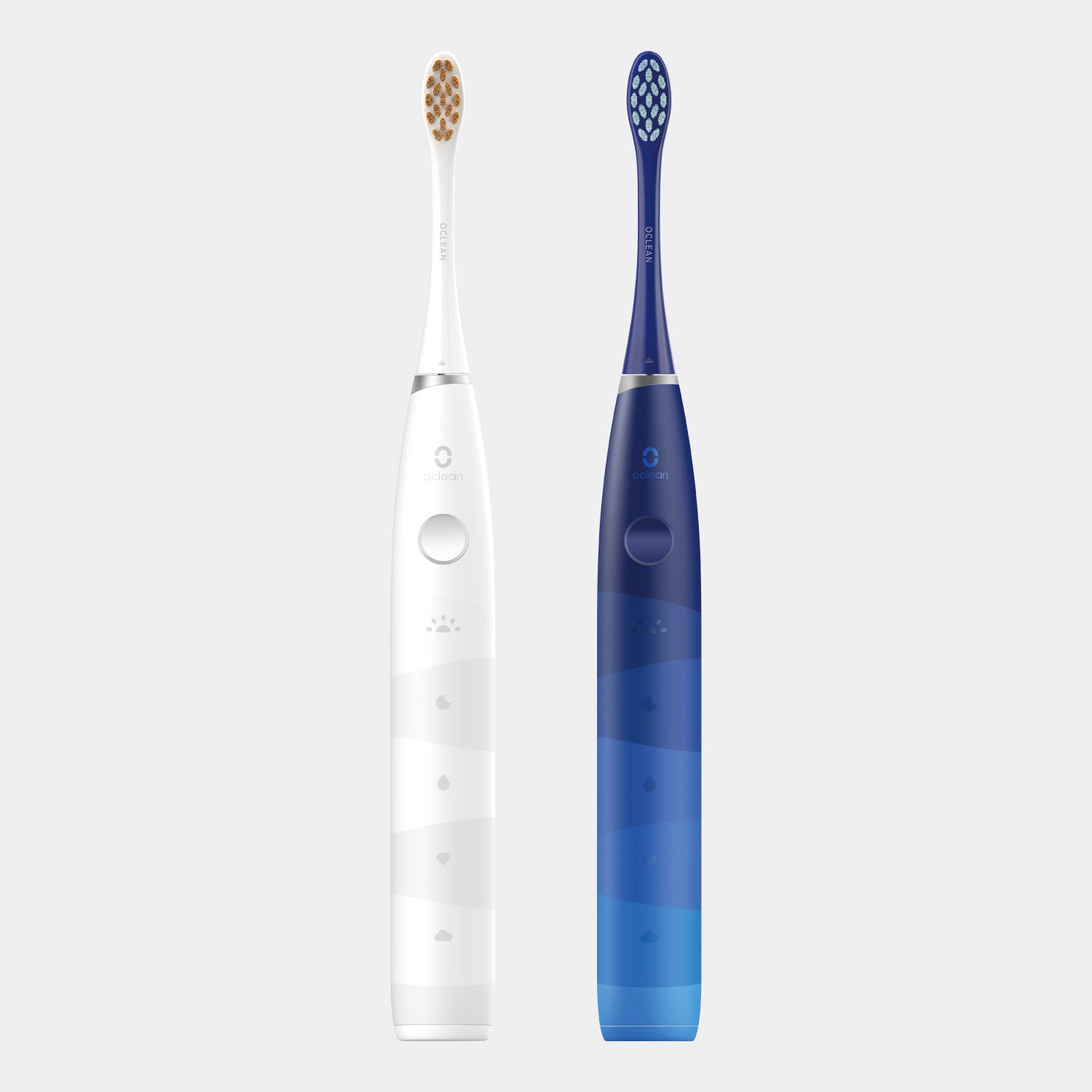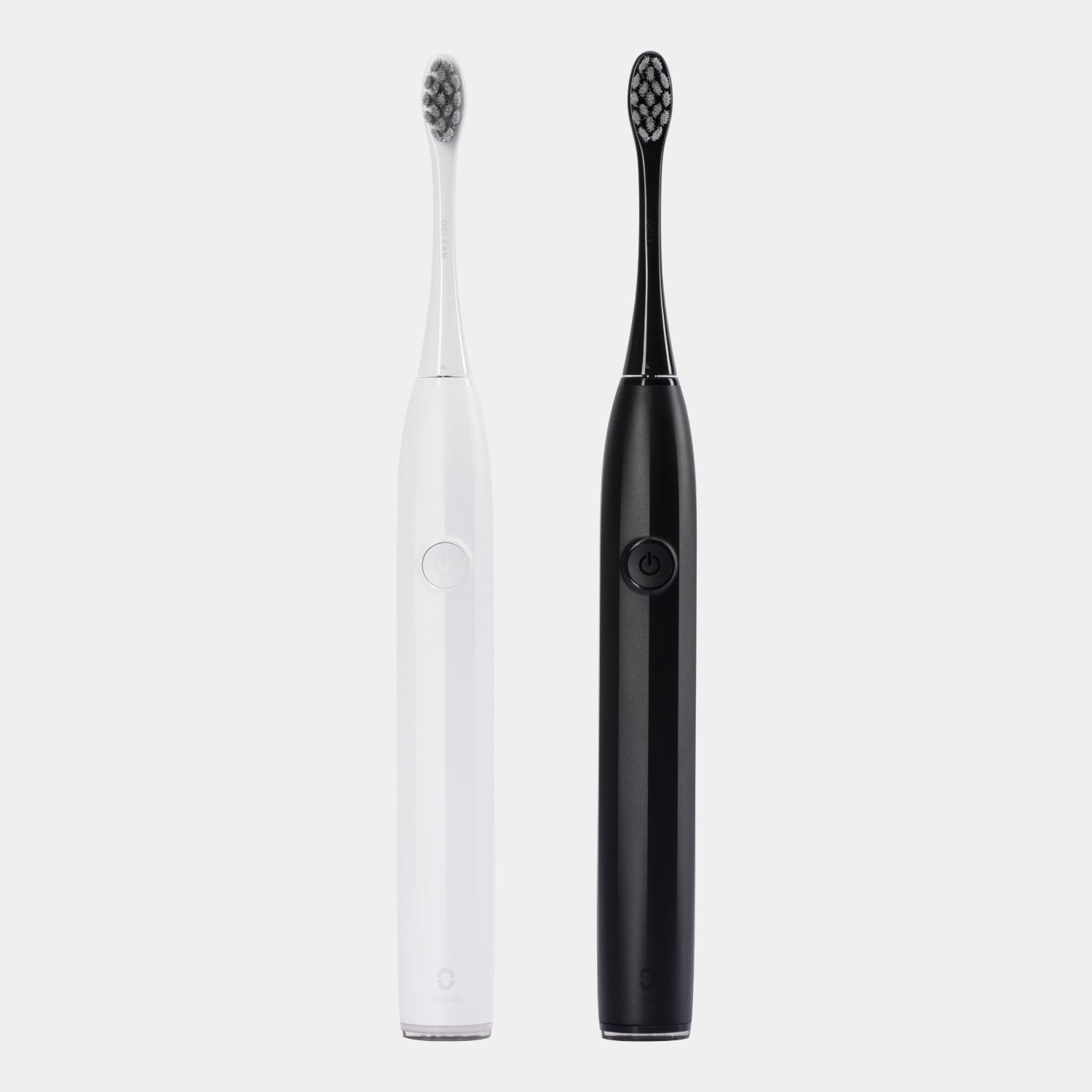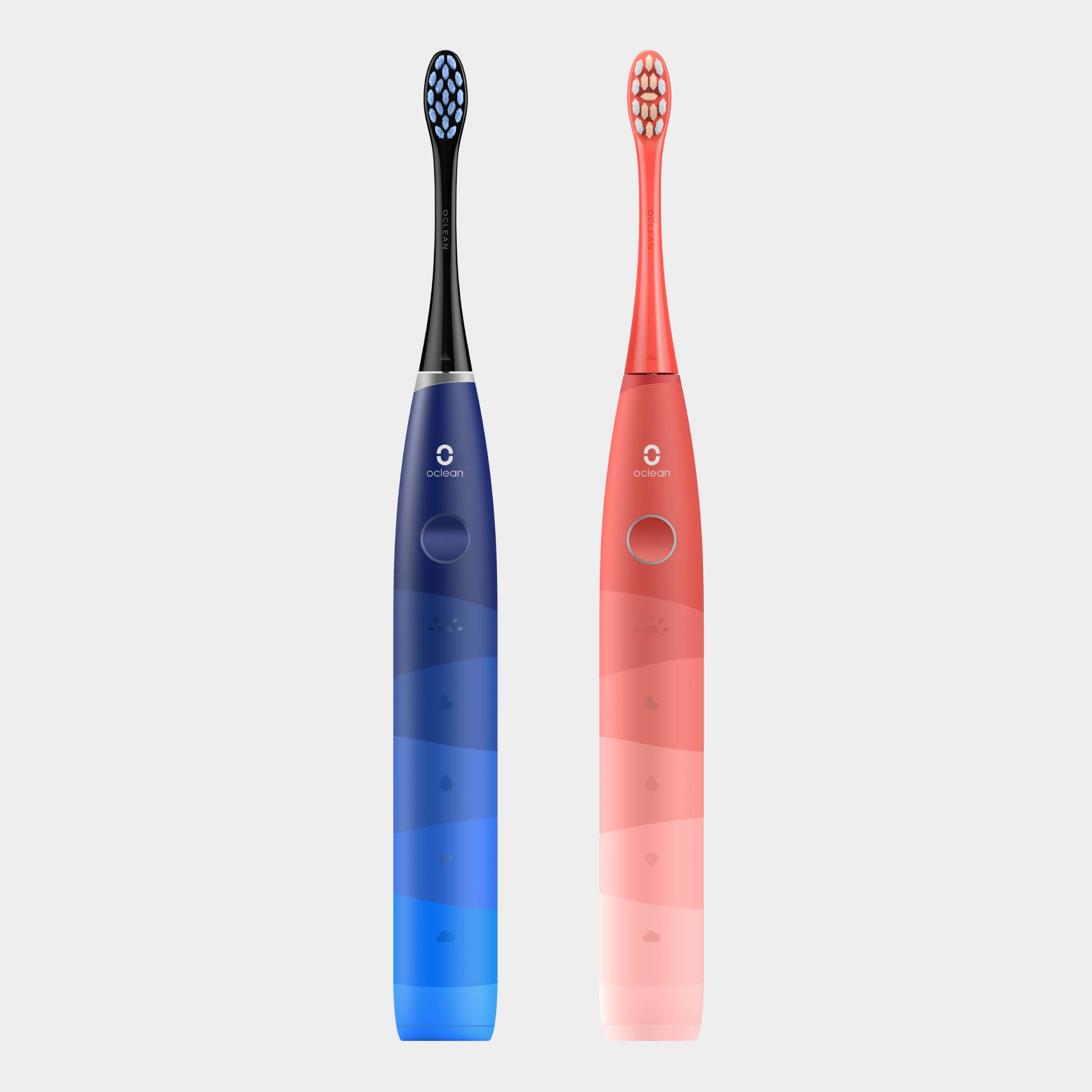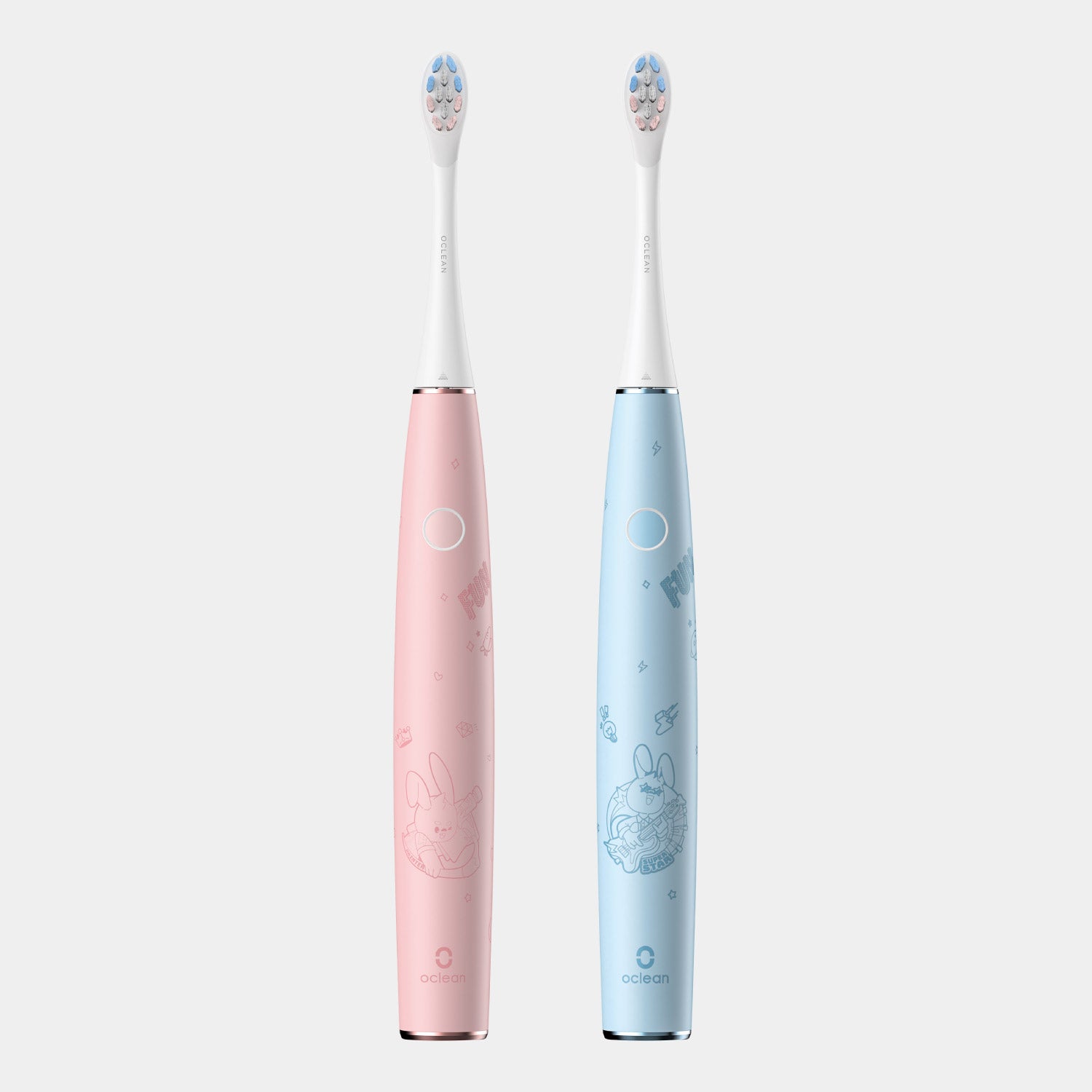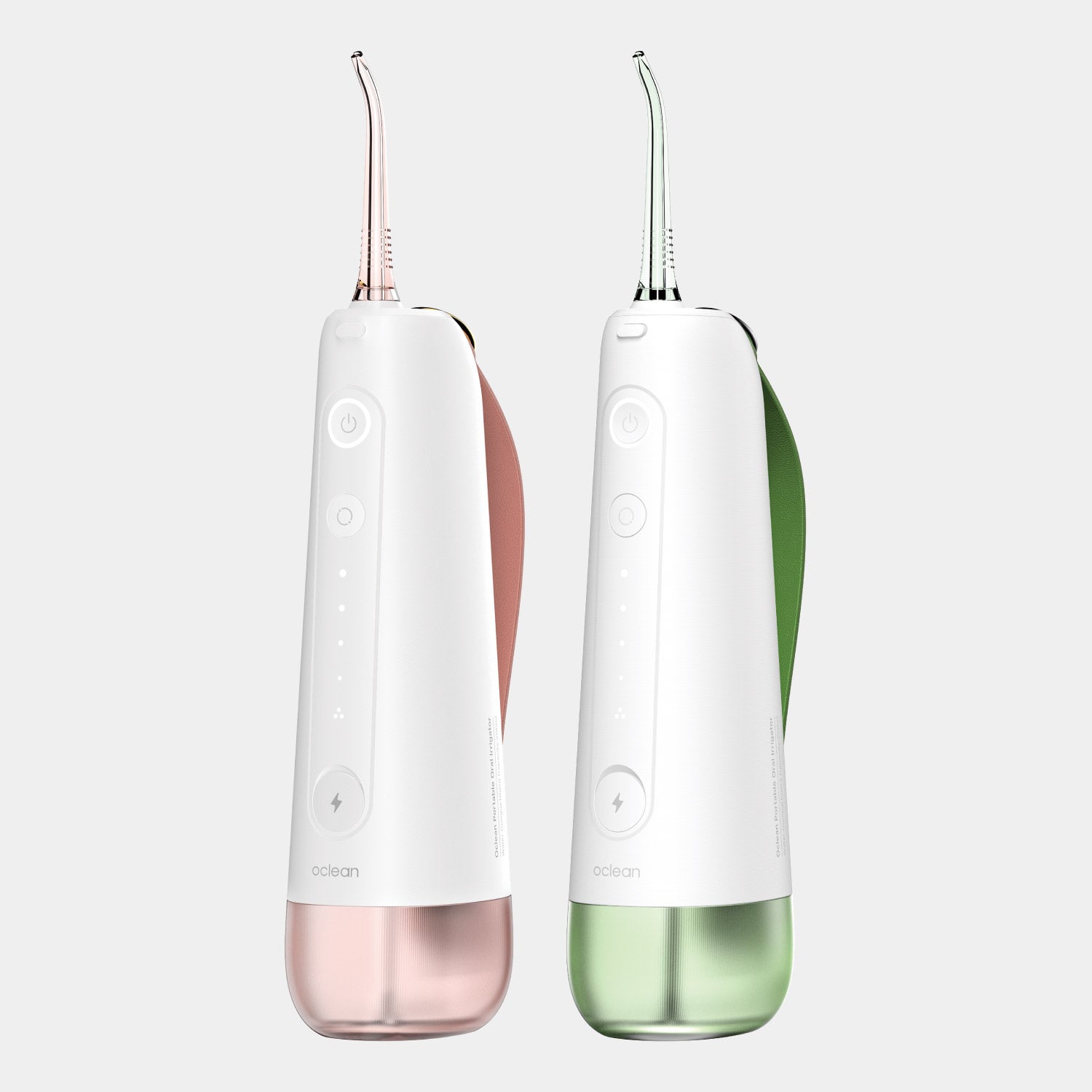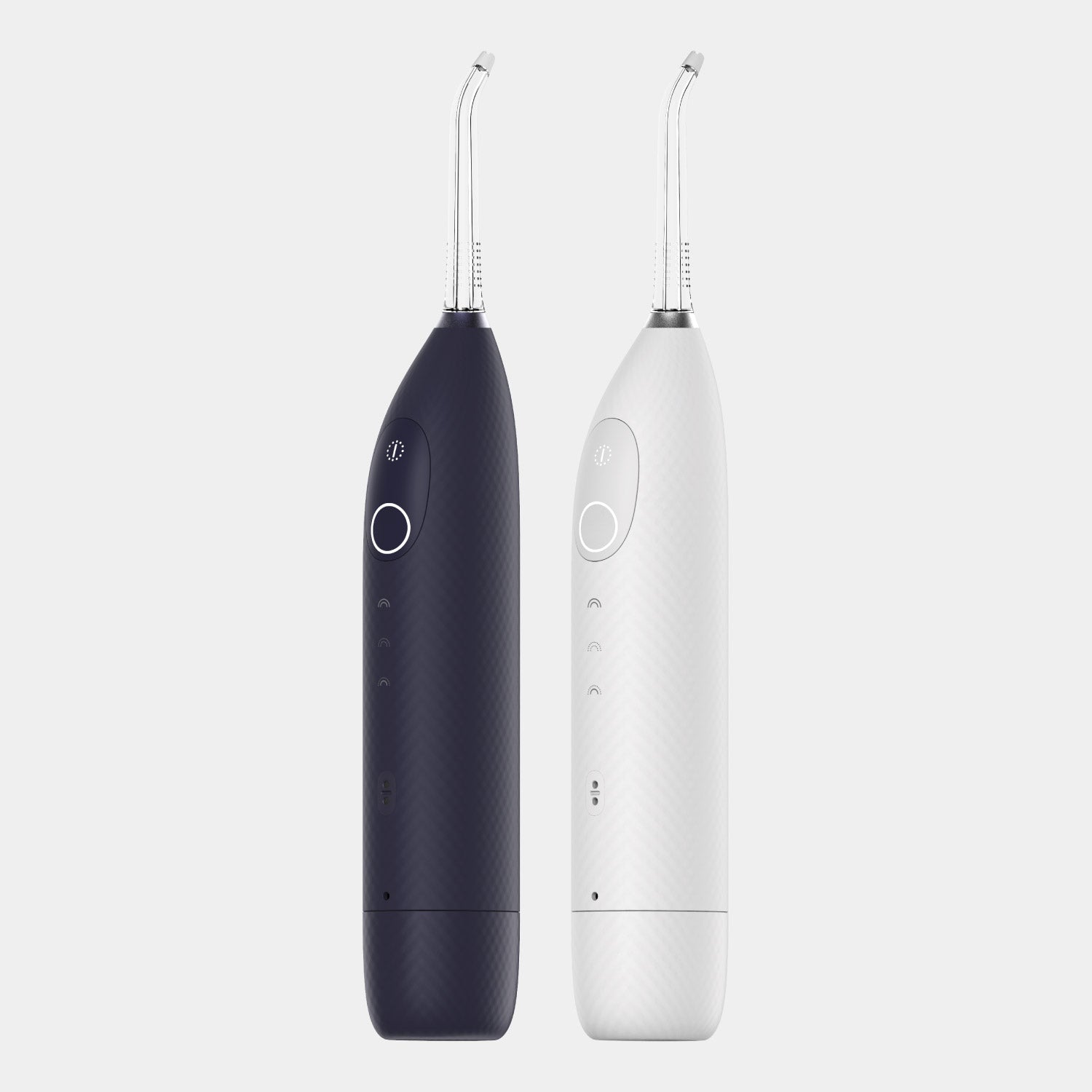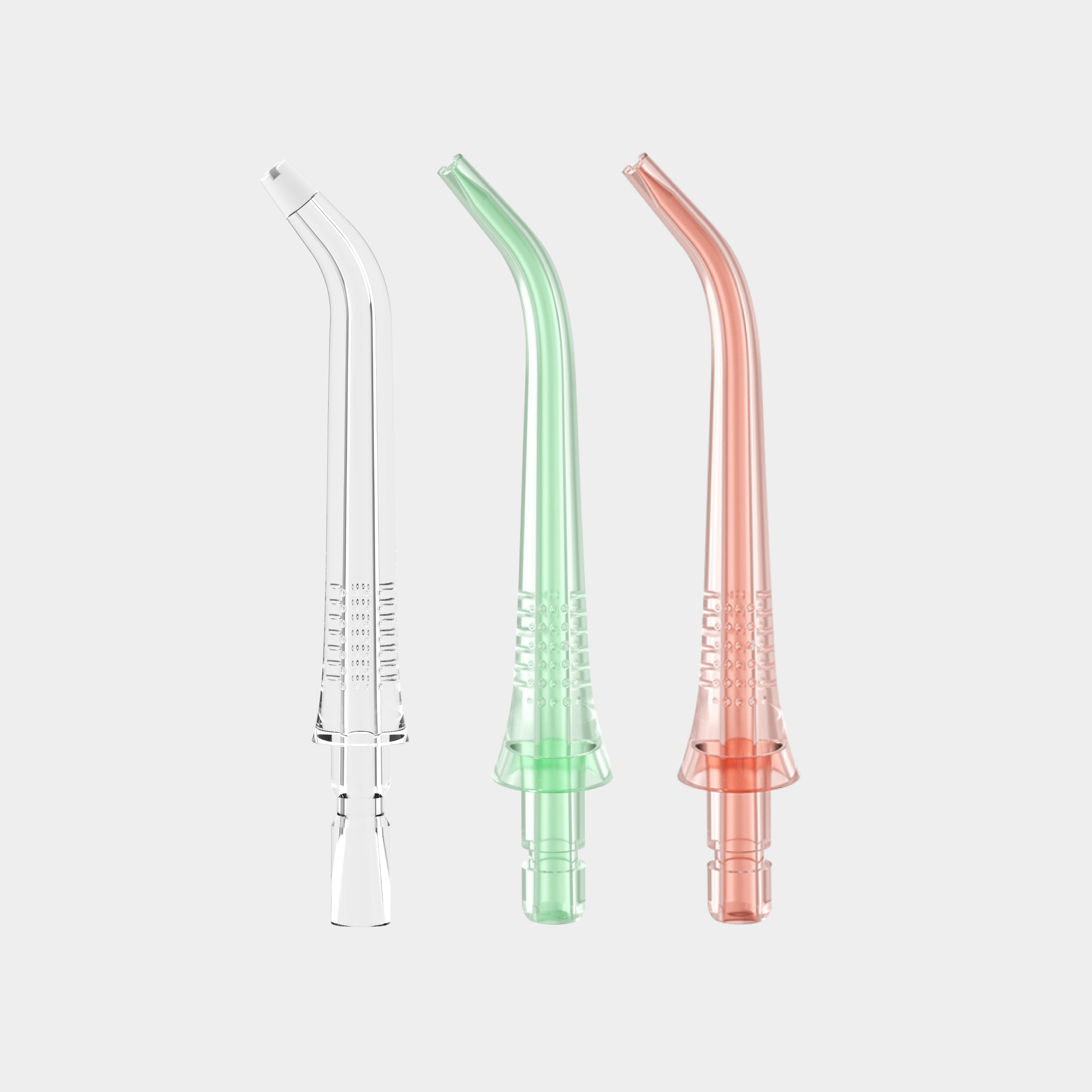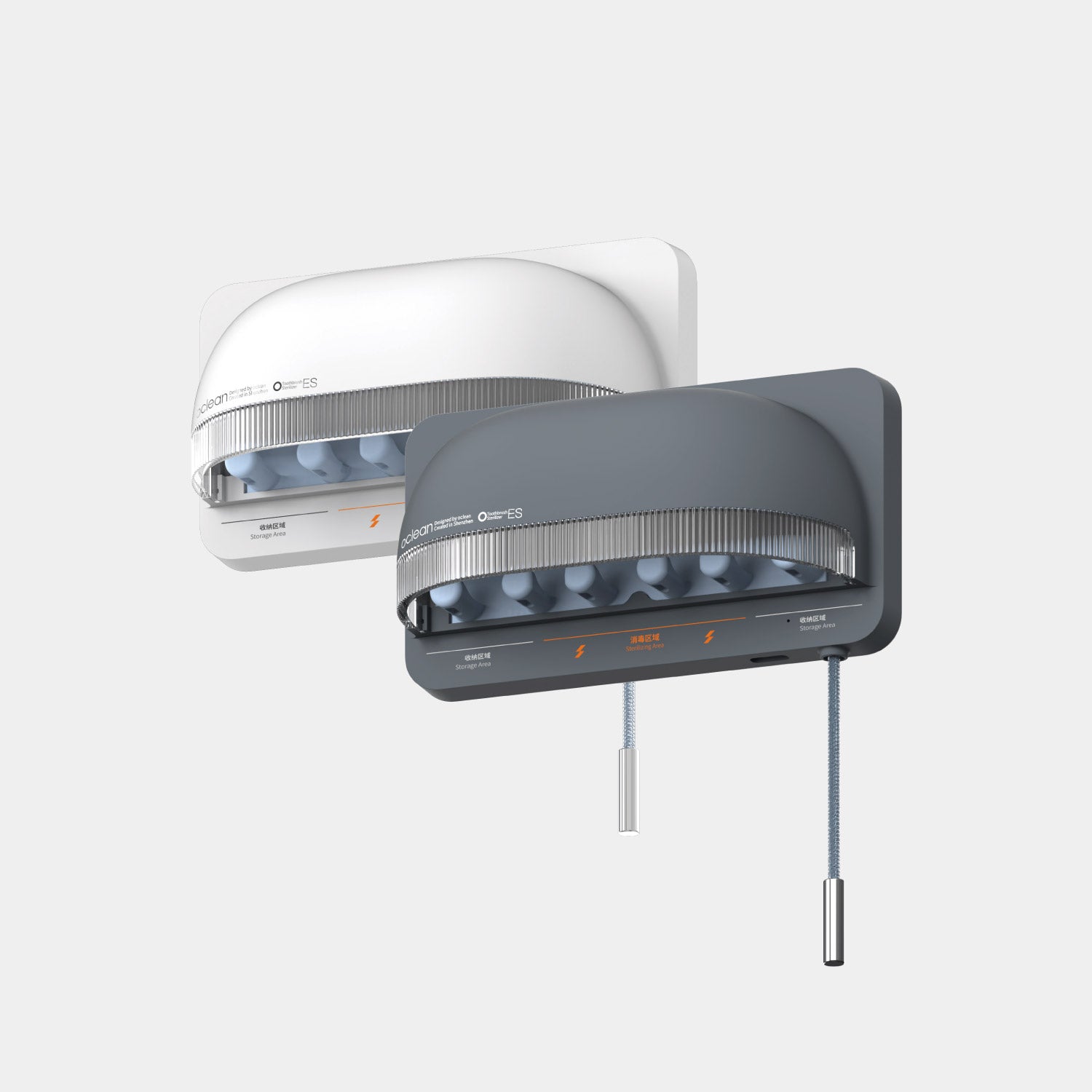For any person, oral hygiene can sometimes be a task with challenge; but then, when braces are involved, it is way too hard. This is because a lot of times, there will probably be a tendency of plaque accumulation on brackets and wires, thus eventually causing dental issues in the long term.
This brings us to a common question, which is, at this point: Can a dentist remove plaque with braces? A simple answer would be, yes, dentists can clean around the braces for plaque buildup, routine checkups, and cleaning of the dental area.
In this article, we will look at how buildup occurs with braces, whether dentists can remove plaque, and how you can keep your teeth clean while undergoing orthodontic treatment.

How Plaque Forms and Builds Up with Braces
Plaque is a colorless and sticky film of bacteria that normally forms on your teeth. It naturally develops when saliva and a mix of food particles, and provide a breeding ground for bacteria. While regular oral hygiene can remove plaque, braces make the process more complicated.
Brackets, wires, and bands in braces make small spaces that could easily allow food particles and plaque to get stuck in them, hence making the cleaning of all surfaces of your teeth quite ineffective. [1] This may cause plaque to harden into tartar over time, leading to gingivitis, cavities, and other dental problems if not properly cleaned.
So, can you get plaque removed with braces? Absolutely yes, but extra care and attention are required. Since the brackets and wires make brushing and flossing of the teeth somewhat complicated, regular professional dental cleaning will be necessary. [2]
Can a Dentist Remove Plaque with Braces?
Yes, a dentist will be able to remove plaque even if you have braces. Because the orthodontic hardware is so intricate, plaque often gathers around brackets and wires, making it a bit more challenging to clean on your own. Professional cleanings make sure everything gets taken care of.
Cleaning the teeth with orthodontic braces will take a little longer than normal cleanings since the hygienist has to work around the metal components. With proper care, though, the removal of plaque with the braces is quite possible and really highly recommended in order to achieve excellent oral health while undergoing orthodontic treatment.
Professional Cleaning
Dentists bear the equipment, as well as techniques of great potency, to dislodge any plaque from these surfaces of a bracketed tooth efficiently enough. These include ultrasonic devices and hand scalers among other common ones. Professional dental cleaning normally referred to as scaling, then implies the use of special instruments meant to remove plaque deposits and tartar.
The Role of Scaling and Polishing
Scaling removes plaque and tartar buildup during professional cleaning, and polishing smooths the surfaces of the teeth. This polishing step makes it more difficult for plaque to adhere to your teeth, thus reducing the chances of future plaque buildup. This is particularly helpful for braces wearers because smoother surfaces help prevent plaque from collecting around the brackets and wires.

What Type of Dentist Removes Plaque?
Plaque removal is usually performed by a dental hygienist during a professional cleaning. The hygienist uses special tools to carefully remove all the plaque and tartar that have built up on your teeth.
How are Teeth with Braces Cleaned by Dentists?
Here is what you might expect from an appointment for the removal of dental plaque:
1. Initial Examination
First and foremost, the dentist will give a comprehensive checkup of the teeth and gums. He will check for any signs of gingivitis and other oral health issues, together with inspecting the mouth for possible signs of complications.
2. Plaque and Hardened Tartar Removal
This hygienist will carefully remove plaque, hence taking away tartar buildup with the use of a scaler, specifically down from the gum line and around each individual's set of braces. It is to ensure these harmful bacteria get eliminated, an outcome bound to reduce all infections and even gum diseases in prospect.
3. Smoothening or Polishing of Teeth
Next to the removal of plaque, the dental hygienist uses gritty toothpaste onto the surface via the electric toothbrush, which should help in giving your teeth brightness and polish besides leaving your smile fresh and clean.
4. Floss
This will help you to remove all the remaining debris from between your teeth and from under the wires. This step will be made much easier and more effective with a floss threader when you have braces. [3]
5. Fluoride Treatment
A fluoride treatment is applied to help protect your teeth against cavities. Fluoride will strengthen your tooth enamel and prevent further bacterial growth. Flavorings, such as strawberry or blue raspberry, are applied to a mouthpiece and left on for a minute or two. [4]

Challenges of Plaque Removal with Braces
Plaque removal can be more challenging with braces than it is with a set of natural teeth because braces create several small nooks and crannies in which plaque can hide. These include:
- Brackets and Wires: Brackets provide surfaces for plaque to accumulate, and wires obstruct proper cleaning.
- Around the Archwire: Plaque easily traps under the archwire and hardly gets removed with a toothbrush alone.
- Between Brackets and Teeth: The minute spaces between brackets and the surface of the teeth are practically inaccessible with the use of a toothbrush.
While a dentist may remove plaque easily during professional cleaning, a person with braces should also be very keen on cleaning teeth at home in order to avoid the accumulation of plaque between visits.
How Often to Get Teeth Cleaned with Braces
With braces, it is advisable that you get your teeth cleaned professionally every 3 to 6 months. This is because one cannot clean his or her teeth properly at home while wearing braces, leading to the building up of plaque, hence creating a high risk of tooth decay and gum diseases.
Cleaning will more or less be performed on a regular basis to remove plaque and tartar buildup that could hardly reach areas around brackets and wires. Your dentist or orthodontist may recommend more frequent cleanings based on what he or she observes regarding your oral hygiene practices, dietary habits, and current dental health status.
How to Get Rid of Plaque Buildup Around Braces at Home
To get rid of plaque buildup around braces at home, brushing after every meal is essential. Brush your teeth four times a day using a soft-bristled toothbrush and fluoride toothpaste, paying the most attention to all surfaces, especially around the brackets and underneath the gum line. The Oclean X Lite Smart Sonic Toothbrush is quite good for this since it gives quite effective plaque removal and provides real-time feedback about the brushing technique.

The importance of flossing remains the same when one has orthodontics. Use superfloss. The super floss will have a stiff end, enabling the threading beneath the braces; then, it has the middle spongy part, allowing cleaning around the brackets. On the far end, it has regular floss to go between the teeth. A good alternative is the use of an orthodontic floss threader to guide the floss underneath wires. [5]
How Do You Clean Teeth with Braces? (6 Tips)
Cleaning your teeth while wearing braces requires special attention because brackets and wires trap food and plaque very easily. Here are five helpful tips that can help you maintain a clean and healthy smile during your orthodontic treatment.
1. Use a Soft-Bristle Toothbrush
Use a soft-bristled toothbrush. This can help you stay away from harming your braces, let alone even hurting your gums. Make sure to brush lightly in the area surrounding all parts, from brackets to the wires.
Be sure to seek a toothbrush with a little head that helps you to show up in all areas of the mouth. So, for this, your best option is the Oclean X Lite Smart Sonic Toothbrush. Its smart features will let you know precisely how well you are brushing your teeth in real-time.
2. Brush After Every Meal
If you have braces, brushing after meals is very important. It could help dislodge some of the food particles that get stuck into your braces, leading to plaque buildup in your mouth.
3. Use a Mouthwash
Next, immediately rinse your mouth with antibacterial mouthwash to kill all bacteria and avoid the building up of plaques. The antibacterial mouthwash will equally help soothe any irritations by your braces.
4. Floss Daily
When wearing braces, flossing becomes more critical. To clean around your brackets and wires, use a floss threader or specialized orthodontic floss. Other than brushing, flossing daily may reduce plaque buildup as much as 1-3 months, as compared to not flossing at all.
5. Routine Visits to the Dentist
Regular checkups and cleaning with the dentist will monitor the buildup of plaque along with any other general issues in the mouth. Your dentist may also be able to notice an area where your plaque is building up, so you will be able to stay on top of your dental hygiene.
6. Watch Your Diet
Also try to avoid foods that are sweet, starchy, or sticky, as these will likely stick to your braces and contribute to plaque formation. And chewy, hard foods should be avoided because these can break your braces. On the other hand, healthy, balanced meals will help you build a healthy, cavity-free smile.
Following these tips will help you avoid the development of plaque, thus keeping your teeth and braces in good condition throughout your orthodontic treatment.

In Summary
The answer is simply yes, a dentist can indeed remove plaque from your teeth with braces. Professional cleaning with scaling and polishing will be efficiently done to remove plaque around the brackets and wires.
However, prevention of plaque development can be best achieved by appropriate home care in the form of regular brushing, flossing, and mouthwash use. If you wear braces, remember that regular oral hygiene and periodic dentist appointments will help in maintaining your teeth healthy and plaque-free.
Reference
1. Cardoso, Mauricio de Almeida, et al. “Alterations in Plaque Accumulation and Gingival Inflammation Promoted by Treatment with Self-Ligating and Conventional Orthodontic Brackets.” Dental Press Journal of Orthodontics, vol. 20, no. 2, 2015, pp. 35–41, www.ncbi.nlm.nih.gov/pmc/articles/PMC4445223/, https://doi.org/10.1590/2176-9451.20.2.035-041.oar. Accessed 28 Sept. 2020.
2. Al Shammari, Abdulsalam, et al. “A Randomized Clinical Study of the Plaque Removal Efficacy of a Novel Manual Toothbrush with Micro-Pulse Bristles on Fixed Orthodontic Patients.” Cureus, 26 Aug. 2022, https://doi.org/10.7759/cureus.28453.
3. “Tips for Flossing with Braces.” Parrisorthodontics.com, 2025, parrisorthodontics.com/blog/posts/flossing-with-braces. Accessed 12 Jan. 2025.
4. Benson, Philip E, et al. “Fluorides for Preventing Early Tooth Decay (Demineralised Lesions) during Fixed Brace Treatment.” Cochrane Database of Systematic Reviews, 17 Nov. 2019, https://doi.org/10.1002/14651858.cd003809.pub4.
5. Holland, Kimberly. “How to Floss with Braces.” Healthline, Healthline Media, 8 Feb. 2018, www.healthline.com/health/how-to-floss-with-braces.



